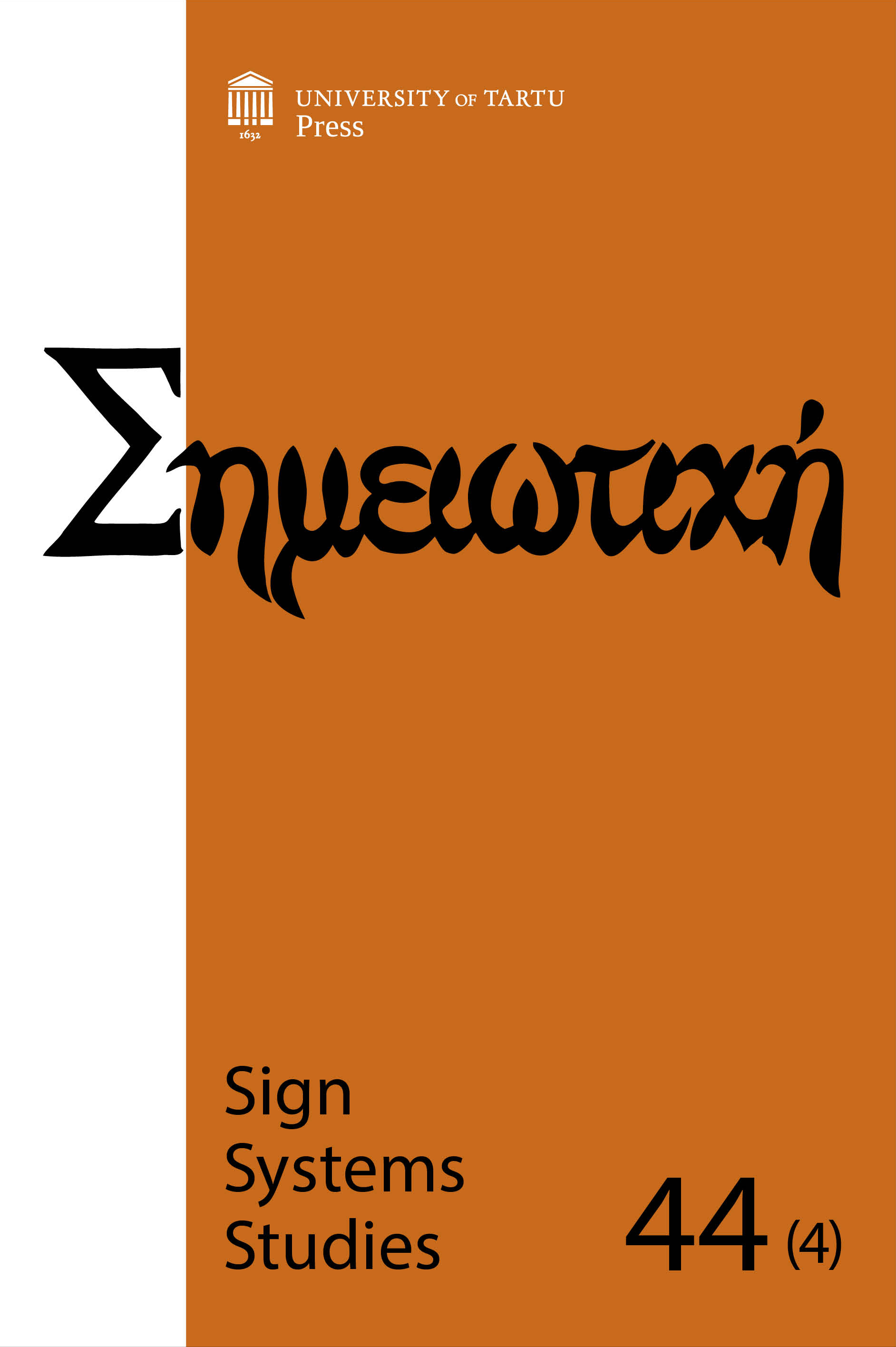Two versions of ecosophy: Arne Næss, Félix Guattari, and their connection with semiotics
DOI:
https://doi.org/10.12697/SSS.2016.44.4.03Keywords:
ecosophy, Deep Ecology, semiotics, axiology, community organizing, ethicsAbstract
This paper adopts a comparative approach in order to appreciate the distinct contributions of Arne Næss and Félix Guattari to ecosophy and their respective connections to semiotics. The foundational holistic worldview and dynamics ecosophy propounds show numerous connections with semiotics. The primary objective of this paper is to question the nature and value of these connections. Historically, the development of ecosophy was always faced with modelling and communication issues, which constitute an obvious common ground shared with semiotics. As a means to an end, ecosophy settled to develop a thoughtful axiology based on ecological wisdom and promote it bottom-up. Political activism notwithstanding, semiotics also deals with value: sign value and meaning. In this respect, semiotics is inherently axiological, but most often this dimension is effaced or muted. Emphasizing the axiological dimension of semiotics helps understand how dominant significations, habits, and values are established, and enlighten the crucial part it could play in the humanities and beyond by partly coalescing with ecosophy. As the complementarity of both traditions is appreciated, the plausibility of a merger is assessed. Arguably, ecosophy is axiomatized semiotics. From this novel perspective, one can see human communities as dynamically partaking in signifying processes, in a space that is at once an ecosphere, a semiosphere, and a vast political territory. As there is growing evidence that environmental degradation lessens our quality of life and the sustainability of our communities, ecosophy might help reform values and practices.Downloads
Download data is not yet available.
Downloads
Published
2016-12-31
How to Cite
Levesque, S. (2016). Two versions of ecosophy: Arne Næss, Félix Guattari, and their connection with semiotics. Sign Systems Studies, 44(4), 511–541. https://doi.org/10.12697/SSS.2016.44.4.03
Issue
Section
Articles


